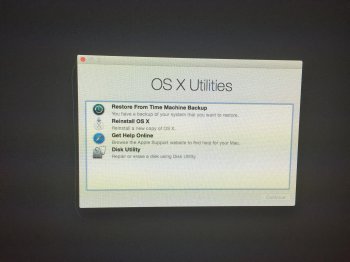Ok. I'm not crazy. I'm not a moron. I finally have the evidence that something is wrong with my installation.
I've done about 8 clean installs from a supported mac, updated to 10.11.1, turned SIP off in Recovery mode, swapped Piker's boot.efi's manually changed permissions, but I can never get it stable. It'll boot, but it crashes somewhere between 5 and 30 minutes in. I think it's a permissions thing.
Here's the terminal output in recovery mode, after disabling SIP, rebooting, confirming SIP is disabled, and after moving Pike's booted into place:
Code:
-bash-3.2# chflags nouchg /Volumes/ElRaid/System/Library/CoreServices/boot.efi
-bash-3.2# ls -la /Volumes/ElRaid/System/Library/CoreServices/boot.efi
-rw-r--r--@ 1 root wheel 315904 Oct 23 18:40 /Volumes/ElRaid/System/Library/CoreServices/boot.efi
-bash-3.2# ls -l@ /Volumes/ElRaid/System/Library/CoreServices/boot.efi
-rw-r--r--@ 1 root wheel 315904 Oct 23 18:40 /Volumes/ElRaid/System/Library/CoreServices/boot.efi
com.apple.metadata:kMDItemDownloadedDate 53
com.apple.metadata:kMDItemWhereFroms 189
com.apple.quarantine 57
The @ at the end is the extended attribute that I think is breaking stuff. Quarantine is definitely a clue

So, for the smart kids:
1. Is this what's killing me? (I'm pretty sure, but maybe you have this and you're stable...)
2. What did I do wrong?
3. How do I fix it?
If anyone can confirm or deny that they have these permissions, I'd love to compare notes.
-Still trying...


